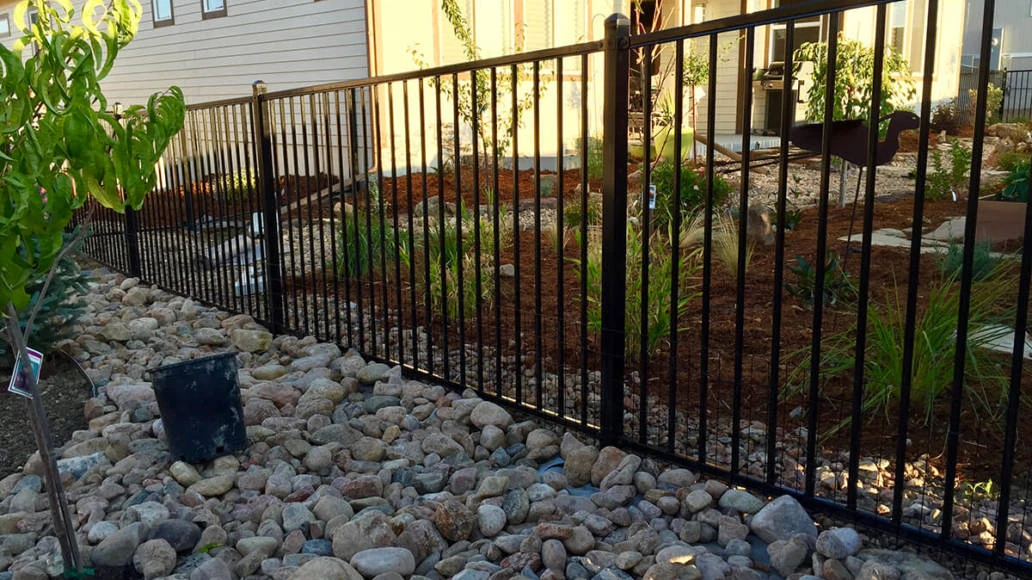Dec . 05, 2024 11:32 Back to list
welded wire mesh concrete reinforcement
Welded Wire Mesh Concrete Reinforcement Enhancing Structural Integrity
Concrete is a fundamental building material known for its compressive strength but inherently weak in tension. To counteract this limitation, various reinforcement techniques have been employed over the decades. Among these, welded wire mesh (WWM) has gained prominence as a versatile and effective solution for concrete reinforcement. This article explores the benefits, applications, manufacturing process, and installation practices related to welded wire mesh.
Understanding Welded Wire Mesh
Welded wire mesh consists of a grid of steel wires that are electrically welded at their intersections, forming a stable network. This mesh is available in various gauges and spacing arrangements, allowing it to be tailored for specific structural applications. The steel used in the production of welded wire mesh is typically high-strength, ensuring durability and resilience under load.
Benefits of Using Welded Wire Mesh
One of the primary advantages of using welded wire mesh in concrete applications is its ability to improve the tensile strength of concrete structures. When embedded in concrete, the mesh helps to distribute loads evenly, reducing the risk of cracking and structural failure. This distribution is particularly beneficial in slabs, walls, and pavements, where tensile forces are prevalent.
Moreover, WWM offers enhanced durability. Concrete structures reinforced with welded wire mesh are more resistant to dynamic loads, weathering, and thermal expansion. This resilience translates to increased lifespan and reduced maintenance costs, making WWM an economical choice in the long term.
Ease of installation is another significant advantage. Welded wire mesh is lightweight and manageable, which facilitates quicker handling and placement on construction sites. Unlike traditional reinforcement methods, such as rebar, WWM can cover larger areas in a single piece, minimizing labor time and costs associated with tying rebar together.
Applications of Welded Wire Mesh
Welded wire mesh is widely used in various construction applications. It is commonly employed in slabs on grade, suspended slabs, and precast concrete components. In flooring, WWM affords excellent support, reducing the likelihood of cracks caused by shrinkage or settling. Additionally, it plays a vital role in the construction of pavements and roadways where high tensile strength is required to withstand heavy traffic loads.
welded wire mesh concrete reinforcement

Another significant application is in retaining walls and foundations, where the mesh helps stabilize soil and distribute vertical loads effectively. In decorative concrete works, WWM is also utilized for aesthetic finishes while offering structural benefits.
Manufacturing Process
The manufacturing of welded wire mesh involves several steps, beginning with the selection of high-quality steel wires. The wires are drawn to specific diameters and cut to the desired length. Afterward, the wires are arranged in a grid pattern, with predetermined spacing.
The crossover points of the wires are electrically welded, creating a seamless mesh. This welding method ensures that the strength of the assembly is consistent and reliable. After welding, the mesh is often treated with protective coatings to prevent corrosion, enhancing its longevity, especially in harsh environmental conditions.
Installation Practices
When installing welded wire mesh, it is essential to follow best practices to maximize its effectiveness. The mesh should be placed at an appropriate depth within the concrete slab to ensure optimal support, usually one-third of the slab thickness from the top surface. This positioning allows it to counteract tensile stresses effectively.
Proper handling and care are also crucial during installation. The mesh should be handled carefully to prevent deformation, which could compromise its structural integrity. It is advisable to use supports or chairs to maintain the correct position during the pouring of concrete.
Conclusion
Welded wire mesh has become an indispensable element in modern concrete construction, providing enhanced tensile strength, durability, and ease of installation. Its versatile applications—from floors and walls to pavements and foundations—demonstrate its effectiveness in reinforcing concrete structures. As the construction industry continues to innovate, the use of welded wire mesh will undoubtedly play a vital role in achieving safer and more resilient built environments. Its combination of strength, cost-effectiveness, and simplicity ensures that it remains a preferred choice among engineers and architects alike.
-
Reinforcing Mesh: Core Material of the Construction Industry
NewsJul.07,2025
-
Welded Wire Fabric Reinvented for Modern Projects
NewsJul.04,2025
-
Superiority of Stainless Steel Woven Mesh
NewsJul.04,2025
-
Key Types of Razor Wire and Their Applications
NewsJul.04,2025
-
Durable Metal Fence Types for Security
NewsJul.04,2025
-
Best Materials for Livestock Fence
NewsJul.04,2025
products.







